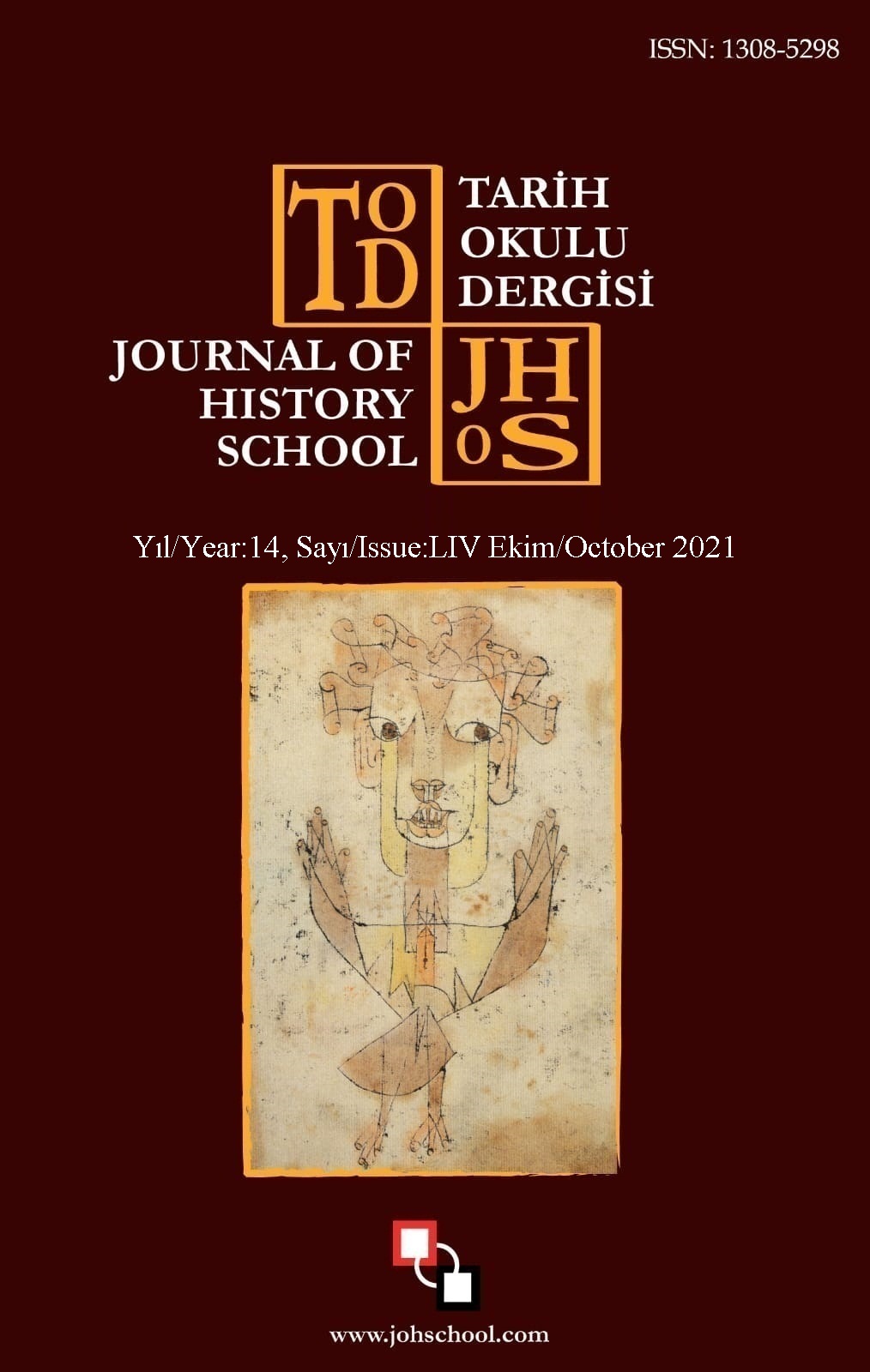Author :
Abstract
Moğol işgali sırasında Doğu Anadolu’ya geldikleri kabul edilen Kara Koyunlu Türkmenleri, İlhanlı Devleti’nin parçalandığı dönemde ortaya çıkan hâkimiyet mücadelelerini değerlendirerek, kendilerine bir yurt bulmayı başarmışlardır. Evvela Erzurum-Musul arasında konargöçer Türkmenleri etrafına toplayan Bayram Hoca’nın beyliğin temellerini attığı söylenebilir. Ancak gerek bu dönemde, gerekse Kara Mehmed döneminde Kara Koyunluların Celayirlilere bağlı hareket ettikleri bilinmektedir. Böyle bir dönemde tarih sahnesine çıkan Kara Yusuf, evvela hanedan içerisindeki liderlik kavgasını kazanmış, akabinde Celayir Hanedanlığı’na son vererek bağımsızlığını ilan etmiştir. Emir Timur’a karşı yılmadan verdiği mücadeleler sayesinde Türkmen aşiretlerini bayrağı altında birleştirirken, aynı zamanda Batı İran, Azerbaycan ve ata yurdu Doğu Anadolu’yu içine alan devasa bir ülkeye sahip olmuştur. Bir aşiretten büyük bir devlet ortaya çıkaran Kara Yusuf hakkında yeterli derecede bir çalışmanın yapılmamış olması dikkatimizi bu konuya celbetmiştir. Çalışmayı hazırlarken öncelikle dönemin müşahidi olan kaynaklar esas alınmakla birlikte, yine aynı dönemde Doğu Anadolu ve Azerbaycan’ın siyasi, sosyal ve iktisadi vaziyeti hakkında bilgi veren seyyahların kayıtları ile Mısır, Suriye ve Türkistan gibi farklı coğrafyalarda yazılan eserler de ihmal edilmemiştir. Bu kaynakların yanı sıra konuyla ilgili gerek yerli gerekse yabancı araştırma eserlerinden de istifade edilmiştir. Bu bağlamda Kara Koyunlu Devleti’nin kurucusu Kara Yusuf’un mücadelelerini ve onun ön plana çıkan bir takım kişisel özelliklerini ele alan bu çalışmanın Türk tarihine katkı sağlayacağını ümit etmekteyiz.
Keywords
Abstract
Qara Qoyunlu Turkmans, who are accepted to have come to Eastern Anatolia during the Mongolian occupation, managed to find a homeland for themselves by evaluating the struggles for domination that arose during the disintegration of the Ilkhanid State. First of all, it can be said that Bayram Hodja, who gathered the nomadic Turkmens around him between Erzurum and Mosul, laid the foundations of the principality. However, it is known that both in this period and in the period of Qara Muhammad, the Qara Qoyunlu people acted in accordance with the Djalairs. Qara Yusuf, who came to the stage of history in such a period, first won the fight for leadership in the dynasty, then declared his independence by ending the Djalair Dynasty. Thanks to his tireless struggles against Amir Timur, he united the Turkman tribes under his banner, while at the same time possessing a huge country that included Western Persia, Azerbaijan, and Eastern Anatolia, his ancestral homeland. The fact that no adequate study has been done about Qara Yusuf, who created a gread state from atribe, has drawn our attention to this issue. While preparing the study, primarily the sources that were witnesses of the period were taken as the basis, but the records of the travelers who gave information about the political, social and economic situation of Eastern Anatolia and Azerbaijan in the same period and the works written in different geographies such as Egypt, Syria and Turkistan were not neglected. In addition to these sources, both domestic and foreign research works related to the subject were also used. In this context, we hope that this study, which deals with the struggles of Qara Yusuf, the founder of the Qara Qoyunlu State, and some of his prominent personal characteristics, will contribute to Turkish history.





